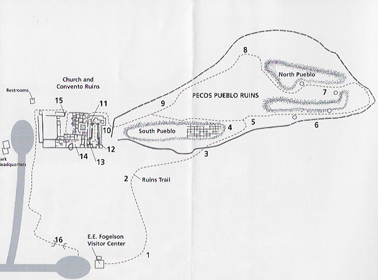
Location
All along the trail
Flowers first observed: 3/20/17
The Plant w/Flowers

Leaves & Stems

 |
 |
The Flowers |
Stems w/Seed Pods |
Distribution
"Introduced from the Mediterranean area of Europe to North America in the eighteenth century, an occasional weed of waste areas or cultivated grounds. In the United States it has since become invasive, particularly of the deserts and arid grasslands of the southwestern United States." (Wikipedia & American Southwest.net)
Description
"Native to Europe, erodium cicutarium is widespread across the western half of the US, and scattered areas in the east. Distinctive features includes the leaves, which are pinnately divided into many small lobes, and the fruit; the central, columnar style at the center of the flower elongates after blooming, forming a narrow, green (later brown), tapering tube up to 2 inches long, with a five-lobed capsule at the base.
Flowers are typical of the geranium family; they have five non-overlapping petals, pink in color, with a few narrow purple lines converging at the base. Petals are about a quarter of an inch long. Underneath are five green sepals, separated by white bands, and covered by bristly hairs. Flowers form small, flat-topped clusters, of between 2 and 12 heads. Stems and flower pedicels are reddish." (American Southwest.com)
Ethnobotanical Uses
Food:
"Costanoan Unspecified Raw stems used for food. Diegueno Vegetable Leaves picked early in the spring before the flowers appeared and cooked as greens. Hopi Candy Roots chewed by children, sometimes as gum. Isleta Forage High moisture content of leaves and stems made it good grazing plant for livestock.---"(Moerman 225)
Medicine:
"--- Jemez Gynecolotical Aid Plant and roots eaten by women to produce more milk for the nursing children. Navajo, Kayenta Dermatological Aid Plant used for wildcat, bobcat, or mountain lion bites. Disinfectant Plant used for infections. Zuni Dermatological Aid Poultice of chewed root applied to sores and rashes. Gastrointestinal Aid Infusion of root taken for stomachache. (Moerman 225)
"Costanoan make cold leaf tea to treat typhoid fever. Navajo use plant to disinfect and treat bobcat and mountain lion bites. Zuni make chewed leaf poultice for sores and rashes. Navajo also use it to treat excessive menstruation." (SEINet)
Other Uses:
"Jemez Protection Dried plant powder mixed with watermelon seeds during storage and planting stops watermelon disease. Navajo, Kayenta Ceremonial Items Used on prayer sticks."(Moerman 225)
Internet Links